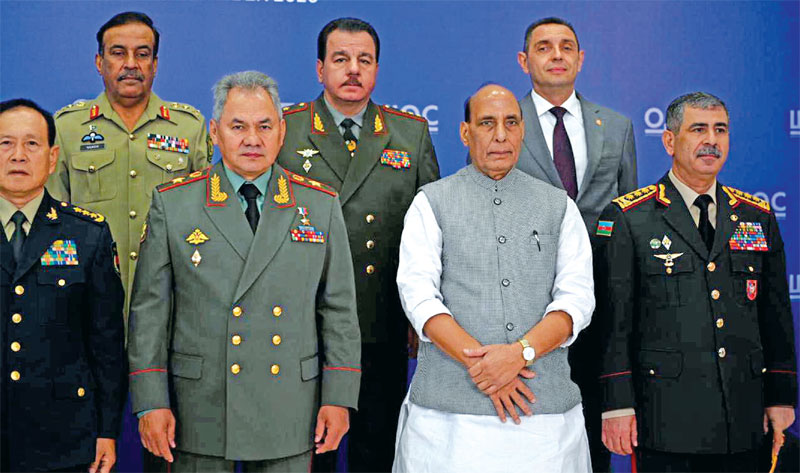War is Not An Option
Pravin Sawhney
Heated debates are happening in television studios after the terrorists’ attack in Pahalgam on April 22. Senior veterans, much sought after by TV anchors, are the flavour of the moment, with some running from one studio to another offering advice on how the government should punish Pakistan for its dastardly act. Four assumptions have been made: Pakistan is behind the attack; it is a bilateral India-Pakistan matter; defeating Pakistan military in war would be a walk in the park; and the Narendra Modi government with the reputation of being the strongest one since Independence will not let Pakistan get off the hook without genuine retribution for its heinous act.

Cutting short his visit to Saudi Arabia, Prime Minister Modi returned to India and convened a meeting with his top security team comprising the defence minister, national security advisor, chief of defence staff and the three services’ chiefs at his residence on April 29. Photograph of the meeting was released to the media with Modi’s message that he had given a free hand to the three services to decide the time, place and quantum of response to Pakistan. This event, the experts said, was an indication that India would not let Pakistan go unpunished.
Subsequently, news was leaked that Modi met the navy and air force chiefs separately at his residence on two consequent days. With this news, the choice of reprisal narrowed down to action by the air force and the navy. While various scenarios were discussed with visuals and war gaming models displayed on television raising hopes of punishing Pakistan for the emotionally charged nationalist viewers, most expert veterans from the army did not rule out options on the Line of Control (LC). Moreover, the news that the Union home ministry has issued an advisory to all
Subscribe To Force
Fuel Fearless Journalism with Your Yearly Subscription
SUBSCRIBE NOW
We don’t tell you how to do your job…
But we put the environment in which you do your job in perspective, so that when you step out you do so with the complete picture.







